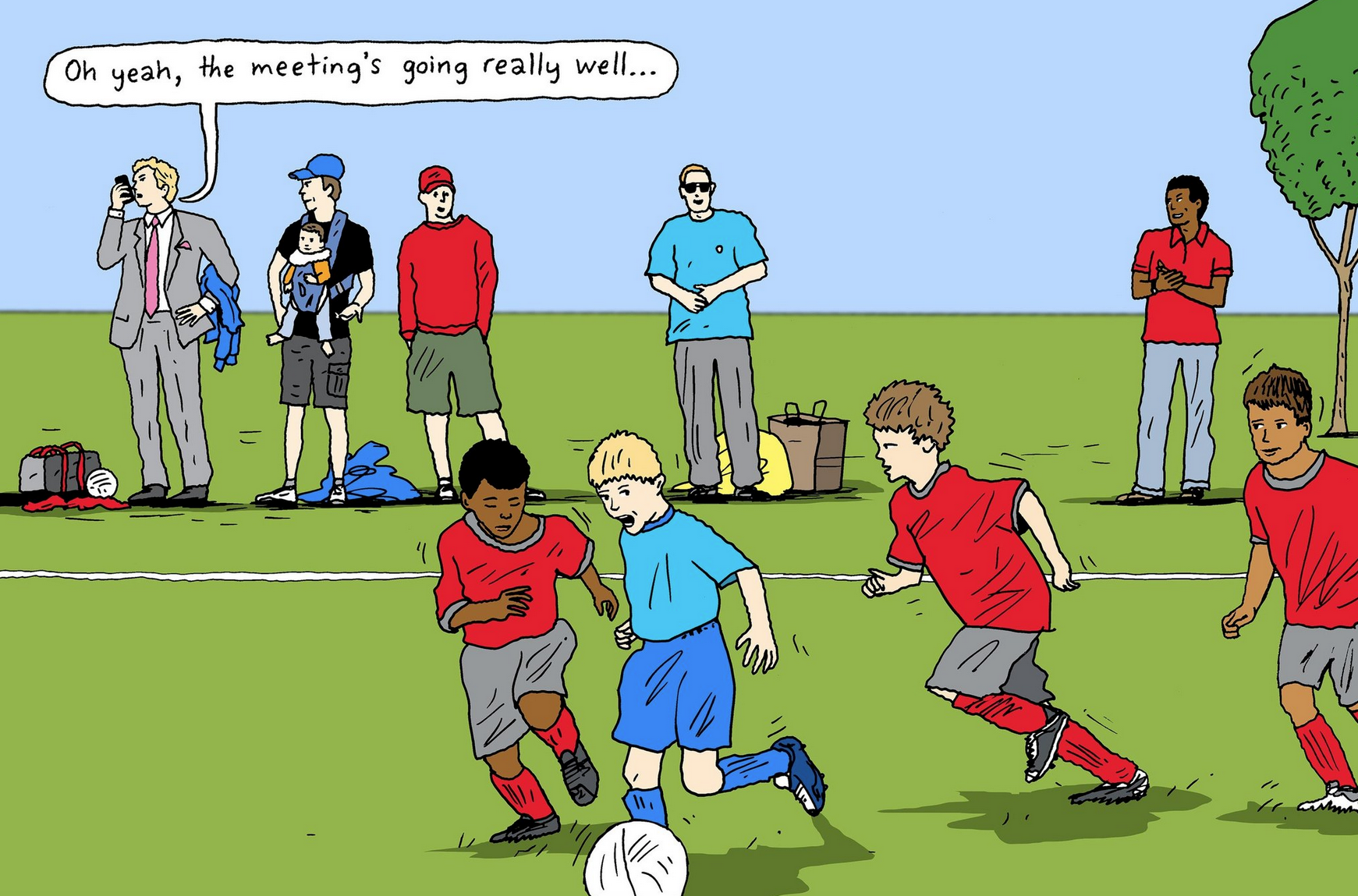By Douglas LaBier • August 31, 2019
As we approach Labor Day this weekend, it’s a good time to reflect on some new findings about the negative impact work and career have upon a broad spectrum of workers. The new studies add to a picture that’s been accumulating for some time: You’re likely to experience increasing dissatisfaction, stress and damage — both psychologically and physically — in today’s workplace culture and management. And that’s across all organizations in all sorts of jobs, careers, and workplaces.
Many of the findings shed light on why that is, and what may help; but often do so indirectly, by virtue of what’s missing from them. That is, some are based on extensive surveys, but they tend to ignore two underlying sources for so many people: Psychologically unhealthy management and leadership; and our cultural definition of success.
Both are visible in the following studies — including what is needed in both for positive change.
One example is a new survey from CareerCast. It found that a vast majority of Americans feel very stressed at work; that 78% rated their job stress at seven or higher on a 10-point scale. And that was a jump from the 2017 CareerCast stress survey, which found that 69% scored their job stress seven or higher.
The most common stress factor cited was meeting deadlines (38% of respondents). Keep in mind that the average American between 25 and 54 spends 40.3 hours per week at work, according to the Bureau of Labor Statistics. That’s approximately one-quarter of the entire week; a third of waking time for those who sleep an average of seven hours per night. When you include travel time to and from work, that increases it further. Continue reading
















































